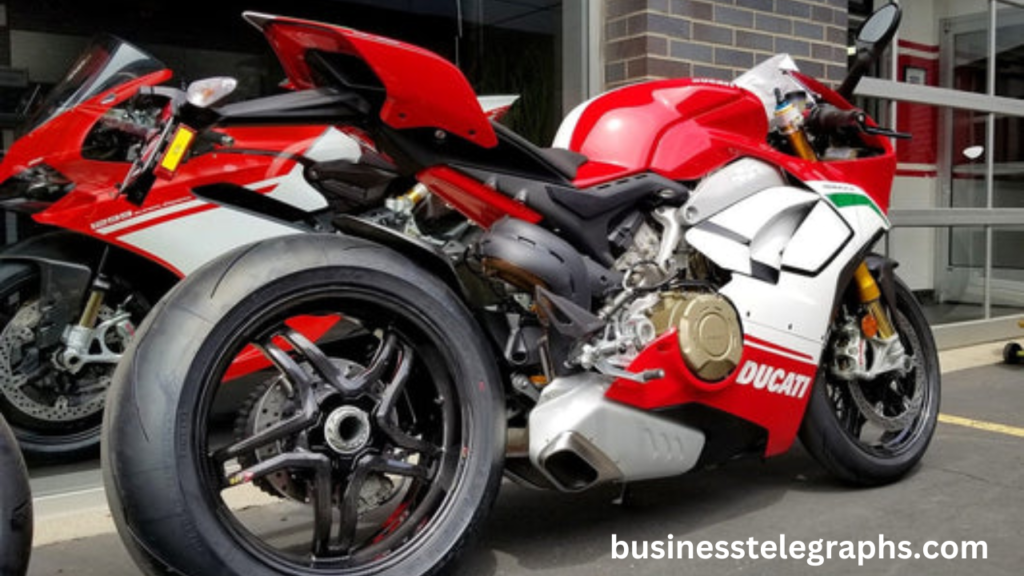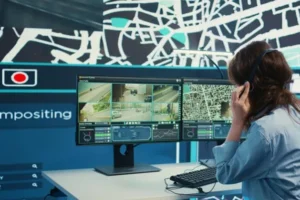2012 Dl650 Hard Time Aligning Rear Wheel Troubleshooting Alignment Issues

When it comes to motorcycle maintenance, one of the most essential aspects to get right is rear wheel alignment. Improper alignment can cause handling issues, tire wear, and even chain misalignment. The Suzuki V-Strom DL650, introduced in 2012, is a versatile and reliable adventure touring motorcycle, but like any other bike, it can face issues with 2012 dl650 hard time aligning rear wheel. If you’re finding it difficult to align the rear wheel of your 2012 DL650, this guide will provide you with a comprehensive look into potential problems and how to solve them.
Understanding the Importance of 2012 dl650 hard time aligning rear wheel
Before diving into the troubleshooting process, it’s important to understand why rear wheel alignment is crucial. The rear wheel and chain of your DL650 are responsible for transferring power from the engine to the rear tire.
- Uneven Tire Wear: A misaligned wheel can cause the tire to wear out unevenly, leading to reduced lifespan and compromised traction.
- Chain Misalignment: If the rear wheel isn’t aligned with the front sprocket, the chain may begin to wear unevenly or stretch prematurely.
- Handling Issues: Poor wheel alignment can make the motorcycle feel unstable or difficult to control, especially during cornering or at high speeds.
- Excessive Vibration: A misaligned 2012 dl650 hard time aligning rear wheel can cause the bike to vibrate more than usual, which can affect comfort and bike performance.
Common Reasons for Rear Wheel Alignment Issues on the 2012 DL650
There are several reasons why you may be having trouble aligning the motercycle rear wheel on your 2012 DL650.
Worn or Miscalibrated Alignment Marks
The DL650 features alignment marks on the swingarm that help to ensure the rear wheel is positioned correctly. These marks serve as a reference point when adjusting the wheel. Over time, these alignment marks can wear out or become difficult to see, leading to misalignment.
Faulty or Stiff Adjuster Nuts 2012 dl650 hard time aligning rear wheel
The rear axle adjuster nuts allow you to move the wheel forward or backward to adjust chain tension and wheel alignment. If these nuts become stuck or hard to turn, it can make it challenging to align the wheel properly. Additionally, if they’re not tightened evenly, the wheel may not be aligned straight.
Misaligned Swingarm
In rare cases, the swingarm itself may be misaligned due to an accident or improper installation. This can cause the rear wheel to be off-center and difficult to align correctly.
Incorrect Chain Tension
If the chain is too tight or too loose, it can affect the alignment of the rear wheel. Ensuring the correct chain tension will help maintain proper wheel alignment and minimize wear.
Damaged or Worn Out Components
Any damage to the rear axle, swingarm, or rear wheel can also make alignment difficult. Over time, components such as the axle, swingarm, or bearings may wear out, causing the wheel to sit crooked.
Incorrect Axle Torque
If the rear axle isn’t tightened to the correct torque specification, the wheel can shift slightly after installation, throwing off alignment. This can be especially problematic if you’ve recently removed and replaced the axle.
How to Align the Rear Wheel on a 2012 DL650
Aligning the 2012 dl650 hard time aligning rear wheel is a relatively simple process, but it requires attention to detail and a few essential tools. Below are the steps to ensure proper alignment of the rear wheel.
Tools and Equipment You’ll Need:
- Wrench or socket set
- Torque wrench
- Calipers or a measuring tape
- Bike stand or suitable jack
- Chain alignment tool (optional)
Lift the Bike
Start by lifting the rear of your bike using a bike stand or jack. This will allow you to move the rear wheel freely and make adjustments without any weight on it.
Loosen the Rear Axle Nut
Once the bike is securely lifted, loosen the rear axle nut with a socket wrench, but don’t remove it entirely yet. You want to keep the axle in place while you make adjustments to the alignment.
Loosen the Axle Adjuster Nuts
Loosen the rear axle adjuster nuts located on both sides of the swingarm. These nuts control the position of the rear axle, which in turn controls the wheel’s position.
Check the Alignment Marks 2012 dl650 hard time aligning rear wheel
Take a look at the alignment marks on both sides of the swingarm. If they are still visible, use them as a reference point for aligning the wheel. Ensure the marks are lined up on both sides of the swingarm. If the marks are worn or hard to see, you can use calipers or a measuring tape to measure the distance from the axle to the swingarm on both sides. This will help you keep the rear wheel centered.
Adjust the Axle Adjusters
Using the axle adjuster nuts, slowly adjust the rear axle forward or backward to position the wheel correctly. Make small, equal adjustments on both sides to ensure that the wheel remains straight. Keep checking the alignment frequently to make sure it remains accurate.
Align the Chain
While adjusting the wheel, it’s essential to ensure the chain is aligned properly with the front sprocket. The rear wheel should be in line with the front sprocket for proper chain alignment. You can check chain alignment by looking down the length of the chain and visually ensuring that the chain is straight. If necessary, make small adjustments to the wheel’s position until the chain looks straight.
Tighten the Axle Adjuster Nuts
Once you’ve achieved proper 2012 dl650 hard time aligning rear wheel, tighten the axle adjuster nuts securely on both sides. Make sure they’re tightened evenly to ensure the rear wheel remains centered.
Tighten the Rear Axle Nut
Next, use a torque wrench to tighten the rear axle nut to the manufacturer’s recommended torque specification. For the 2012 DL650, the recommended torque for the rear axle is typically between 80-90 Nm (59-66 lb-ft), but you should refer to your bike’s service manual for the precise specification.
Double-Check Alignment
After tightening everything, rotate the rear wheel by hand to ensure it rotates smoothly and is aligned properly. If you feel any binding or notice the wheel is still misaligned, make further adjustments as needed.
Check Chain Tension
Before finishing the job, make sure the chain is properly tensioned. The correct chain slack for the DL650 is typically between 30-40mm (1.2-1.6 inches), but again, check the owner’s manual for the exact measurement.
Troubleshooting Common Issues
Even after carefully following the steps above, you may still encounter issues when aligning the rear wheel.
Rear Wheel Still Misaligned 2012 dl650 hard time aligning rear wheel
If the wheel remains misaligned despite your best efforts, it’s worth checking the condition of the rear axle, swingarm, and bearings. Damaged components can cause the wheel to be off-center. In this case, it may be necessary to replace worn or damaged parts.
Difficulty Turning Adjuster Nuts
If the adjuster nuts are difficult to turn, they might be rusted or gunked up. Try cleaning them with a degreaser and apply some lubricant to make them easier to turn. If the nuts are severely worn, they may need to be replaced.
Uneven Chain Wear
If the chain wears unevenly after alignment, this could be a sign of misalignment or an issue with the chain itself. Additionally, ensure that the front and rear sprockets are in good condition.
Rear Axle Nut Keeps Coming Loose
If the rear axle nut comes loose after tightening, it could indicate that the nut is stripped or the threads on the axle are damaged. In this case, the axle may need to be replaced.
Conclusion
2012 dl650 hard time aligning rear wheel is crucial for the performance, safety, and longevity of your 2012 Suzuki V-Strom DL650. If you’re experiencing trouble with alignment, it’s often due to worn-out components, faulty adjusters, or improper techniques. By following the step-by-step process outlined above, you can ensure that your rear wheel is correctly aligned, which will improve handling, extend the life of your tires and chain, and provide a smoother, more enjoyable ride.
If problems persist, it’s always a good idea to consult a professional mechanic who can diagnose and address any underlying issues with your DL650’s rear wheel alignment. With regular maintenance and attention to detail, your V-Strom DL650 will continue to provide you with a safe and reliable riding experience for years to come.





